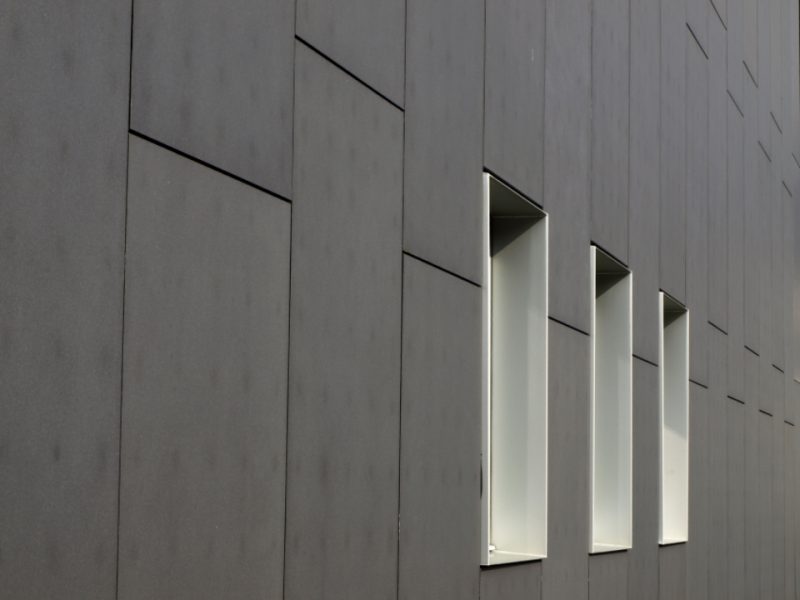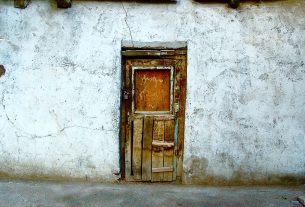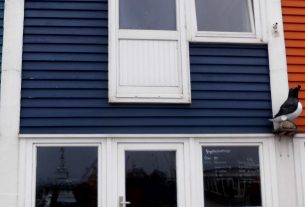Wall cladding exists in different materials, such as PVC and wood cladding, each with advantages and disadvantages.
Let’s first have a look at PVC cladding.
PVC cladding: robust, light and waterproof
PVC wainscot is often chosen for its qualities:
– resistant and rigid: thanks to its alveolar or cellular composition,
– resistant to shocks, to chemical products, rot-proof, very little porous, it does not deform with time,
– easy to maintain: can be cleaned with water and detergent.
It is particularly adapted:
– for wall and ceiling cladding,
– water rooms,
– to exterior cladding: its remarkable durability allows it to withstand bad weather without “moving”.
PVC cladding: an aesthetic covering
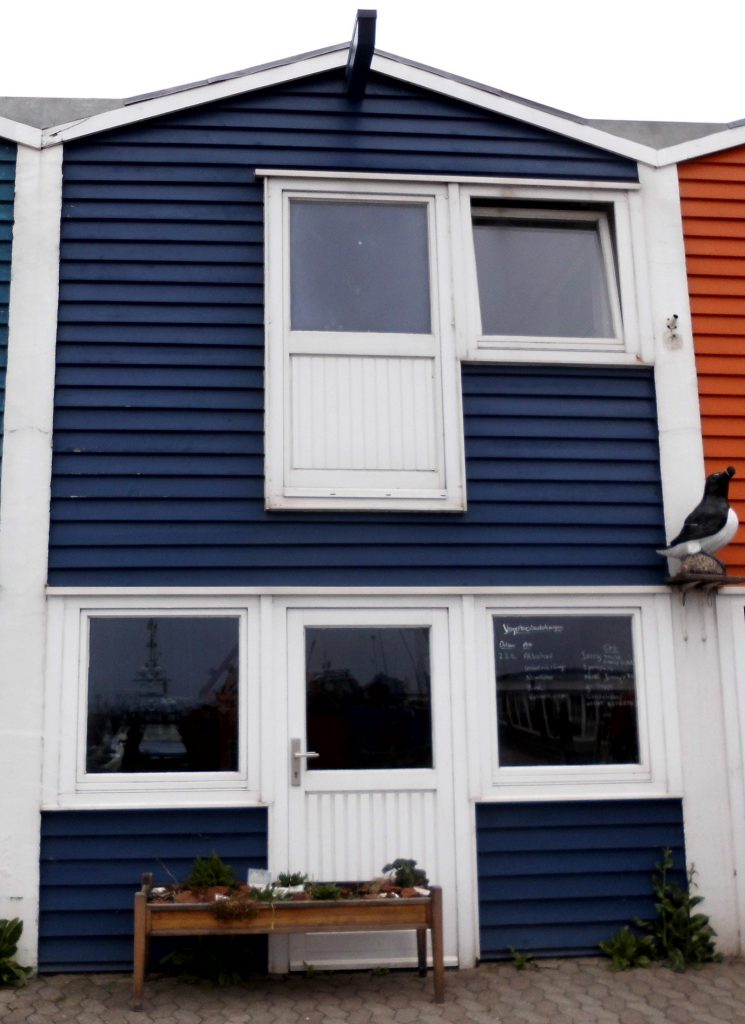
PVC cladding exists in two types of finish: smooth or grainy.
It is often marketed in imitation mahogany or oak, stone and even metal…
It is found in a wide variety of pastel or more frank colours.
The dimensions of the boards are also very varied:
– average thickness of 8 mm,
– usual length of 2.60 m,
– width between 15 cm and 37.5 cm.
Installing PVC cladding: the steps
The installation of PVC cladding is quick and easy.
The installation of PVC cladding is quick and does not present any particular technical difficulty.
The PVC cladding is usually designed for an interlocking installation, with tongue and groove: the fall of the last board being used to start the next row.
The installation can be done according to two techniques:
– glued installation (not recommended): to be used in the case of healthy and flat support, a specific glue is used which does not attack the cladding,
– Laying on a frame (PVC frame or on wooden strips): the most common.
The boards are laid horizontally, vertically or diagonally.
There is a complete range of installation profiles for a start, the corner, and the cornice to make the finishing touches.
Good to know: The blades are easily sawn with a small handsaw or a jigsaw with a suitable blade.
The disadvantage of PVC cladding: its toxicity
PVC is a recyclable material, but its manufacture uses oil derivatives. It contains chlorides and is therefore toxic in case of fire.
And then, in terms of appearance and atmosphere, plastic can never replace a natural and warm material like wood!
The advantage of PVC cladding: a very soft price
One of the main advantages of PVC cladding is its low cost.
For white lacquered PVC panels, thickness 10 mm: count about 10$/m2.
Now, let’s take a look at Wooden cladding.
Wooden cladding
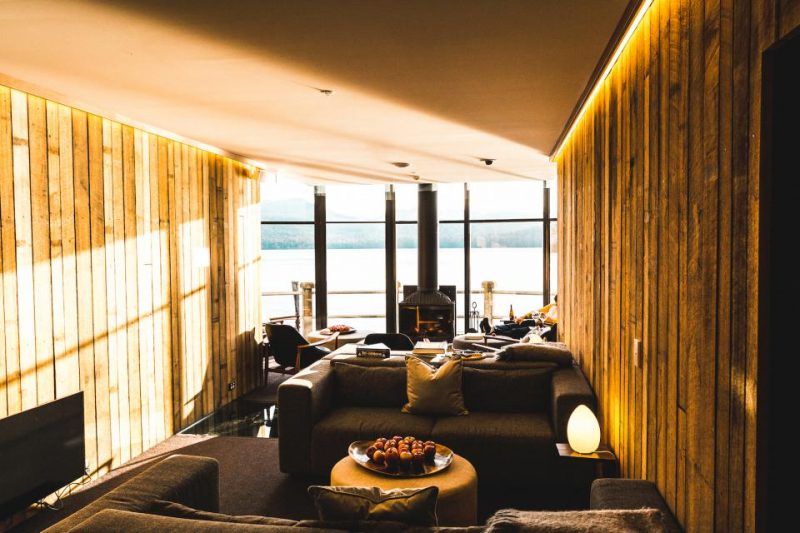
Wooden cladding: a warm decoration
Whether made of untreated or coated wood, wood cladding is unrivalled in providing warmth and naturalness.
Wood cladding allows you to achieve a simple decoration:
– rustic: when it has a raw appearance,
– classic: when its colours remain clear and wise,
– fanciful: when it is painted with warm and dark colours,
– harmonious: when it is placed on only one part of a wall (base) or one section of a room, and different coverings complement each other.
Different types of wood cladding: raw or coated
Wooden cladding is marketed in two forms:
– Solid wood cladding: there are many types of wood available at a wide range of prices,
– Coated wood cladding: this composite material is more fragile but has properties such as good stability over time.
Wood cladding can be used for:
– walls and ceilings,
– all rooms, even damp rooms, with appropriate treatment.
Wide range of sizes for this type of cladding
The standard dimensions of wood cladding are as follows:
|
Wood cladding: dimensions |
|
|---|---|
|
Width |
From 5 cm to 37,5 cm. |
|
Thickness |
From 5 mm to 19 mm. |
|
Length |
– For the base: 1,20 m,
– standard length: 2 m, – if there are no connections: from 2.5 m to 2.7 m, – for ceiling panels: up to 4 m. |
Installing wood cladding: two types of installation
The installation of wood cladding, whether raw or coated, is pretty simple.
Wood cladding: glued or frame installation?
You can use two different techniques to fix wood cladding:
– direct or glued installation:
◦ on a sound and flat surface,
◦ thin boards (7 mm),
◦ the cladding strips are glued directly to the substrate with specific wood glue,
◦ only the decorative aspect is sought,
– laying on a wooden frame:
◦ the wainscoting strips are fixed on a wooden cleat assembly,
◦ possibly with insulation between the support and the boards,
◦ the boards are nailed or clipped.
Stages of implementation of wood cladding
Wood cladding is usually installed by tongue and groove jointing.
The boards are placed horizontally, vertically or diagonally, depending on the desired effect (perpendicular to the battens in the case of framing).
The boards are easily sawn:
– with a small handsaw or a jigsaw with a suitable blade,
– with a lost cut or stone cut,
– The off-cut from the last board is used to start the next row.
There is a complete range of profiles for the start, corner, and cornice for the finishing touches.
Attention: it is strongly advised to store the panels flat and unpacked at least 72 hours before installation; this allows them to acclimatise to limit dimensional variations.
Wooden cladding: from $5 per m²
The price of wood cladding is closely linked to the type of wood chosen and wood (solid or coated).
Here are some indicative prices:
– solid wood: about $10/m² (fir), between $20 and $30/m² (Landes pine),
– coated wood: from 5$ / m²,
– exterior wood: from $25/m² (larch).
Read more:
– How to Decorate Your Home: Wall Cladding Installation;
– How Is cladding Done.
